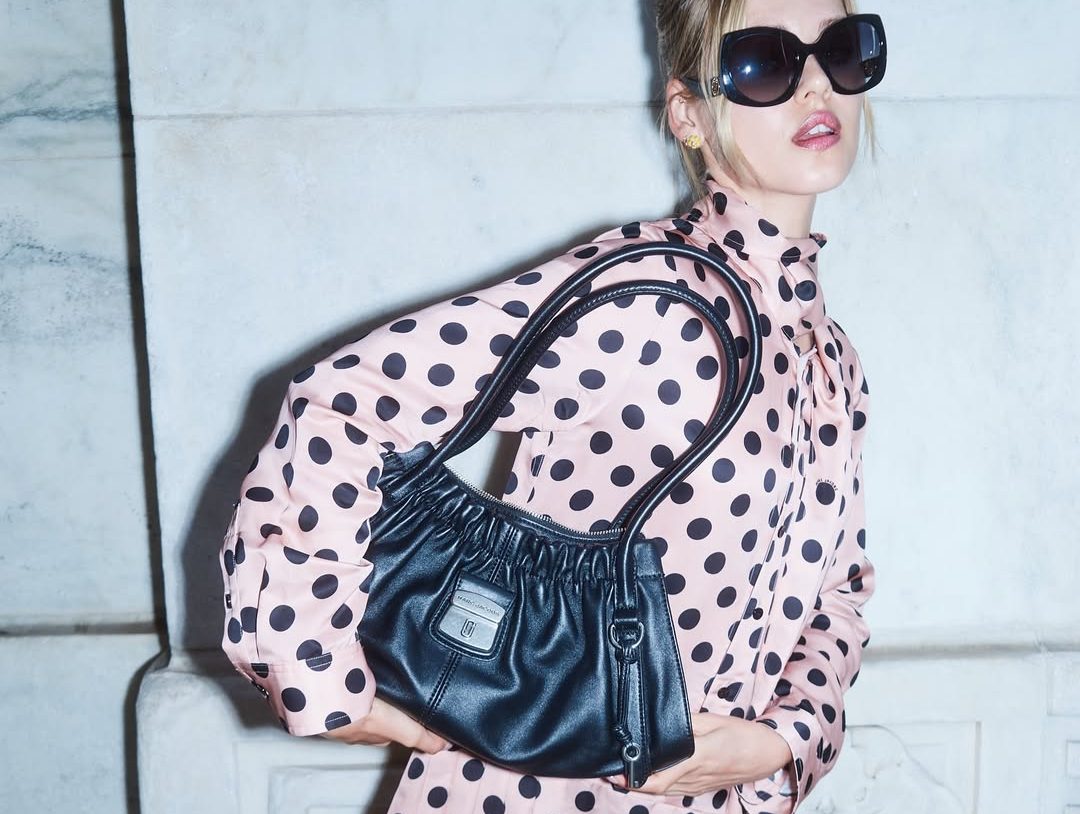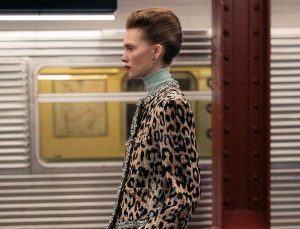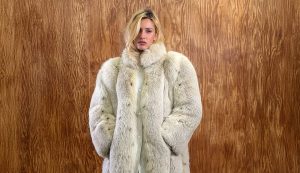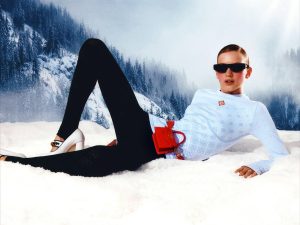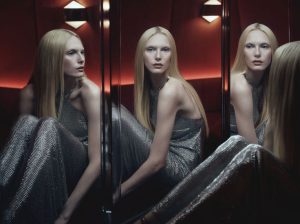For his first collection as Artistic Director of Maison Margiela, Glenn Martens chose couture as his point of entry, a bold challenge, given how deeply John Galliano’s previous show had left its mark. Rather than compete with Galliano’s towering shadow, the Belgian designer opted to summon that of founder Martin Margiela, returning to the brand’s roots. With masked silhouettes, reinterpretations, and a focus on circular fashion, Martens confidently asserts his own voice.
A return to the essence of Maison Margiela
Glenn Martens didn’t take the easy way in. For his debut at Maison Margiela, he stepped through the front door: that of Haute Couture. A bold and ambitious move, especially considering the shockwave sent through the fashion world by the house’s previous show John Galliano’s Spring-Summer 2024 collection. With its precisely choreographed staging, meticulously curated casting, and theatrical embodiment, Galliano had set the bar sky-high.



Martens, rather than competing on that same ground, chooses a different strategy: stripping away individuality to let the clothes speak for themselves. The models are fully masked, a radical gesture that instantly evokes the brand’s DNA. As early as 1989, Martin Margiela also used masks to refocus public attention on the garments. This choice is anything but trivial. By erasing faces, Glenn Martens delivers a double snub: first, to Galliano’s extreme personification, where each model became a character and second, to today’s castings dominated by the same trending faces, which often steal the spotlight from the creations themselves. Here, the star is the garment. Full stop.
With his 49 ghostly silhouettes, Martens creates a strange, almost unreal procession, where each look seems to float through space.
Another powerful nod: the choice of venue. The show was held at Le 104 in Paris’s 19th arrondissement, a highly symbolic site, as it was here that Martin Margiela presented his final show for the house he founded in 1988. By returning to this space, Martens taps into a shared memory, while deliberately avoiding any direct comparison with Galliano. The goal isn’t to do better, or even to do it differently, but to return to the origin, to open a new chapter.
An anachronistic couture debut
To assert his vision at the helm of Maison Margiela, Glenn Martens chose to trace the thread of time. He methodically explored the house’s archives, extracting fragments from various eras to craft a dense, almost anachronistic collection, where layers of the past engage in dialogue with the present..
From the very first moments of the show, the tone is set: the three opening silhouettes appear still wrapped in plastic, as if awaiting revelation. Beneath the translucent material, transparency prevails. The garments, still in a dormant state, are more suggested than revealed, a continuous metaphor for the house itself, during transformation.


Little by little, shapes begin to emerge, colors surface, as if each look further breaks through the barrier of the blister wrap. The garments still appear “under seal,” as though Glenn Martens were revealing his universe only in fragments with caution, almost with modesty. Plastic gives way to satin draping, and volume gradually engulfs the faces.
In silhouettes 9, 10, and 11, a striking contrast emerges: the atelier’s petites’ mains have managed to recreate organic matter. The cuts are razor-sharp, almost surgical, yet the garments feel alive, they breathe. This paradox continues in the following looks, which echoes the animal kingdom: bird feathers appear on a leather perfecto, elsewhere they form a light, pearl-grey skirt. A suit encrusted with stones shimmers like a peacock in full display.


At times, the silhouettes appear like sepia-toned visions, composed of patchworks and aged fabrics. Then, a detail disrupts the nostalgic mood: fuchsia-pink nails burst from a coat through a precisely cut slit, an unexpected, almost cheeky nod to glamour.
Toward the end of the show, silhouettes 38, 39, and 40 mark a turning point. The pursuit of fluidity reaches its peak: cinched waists, exaggerated hips, liquid-like fabrics. The body is hinted at but never fully revealed. The material seems to flow.
And then, the feathers return. The ultimate symbol of lightness, they cover the final silhouettes like a second skin. Until the final look: a neon green dress, supple, organic, vegetal. The model’s mask, encrusted with crystals interwoven with fabric, evokes germination, a birth in progress. A bud ready to become a trunk. It’s all we can wish for Glenn Martens in this new chapter: that this first stirring becomes a foundation, that this couture still awakening, fully comes to life.




